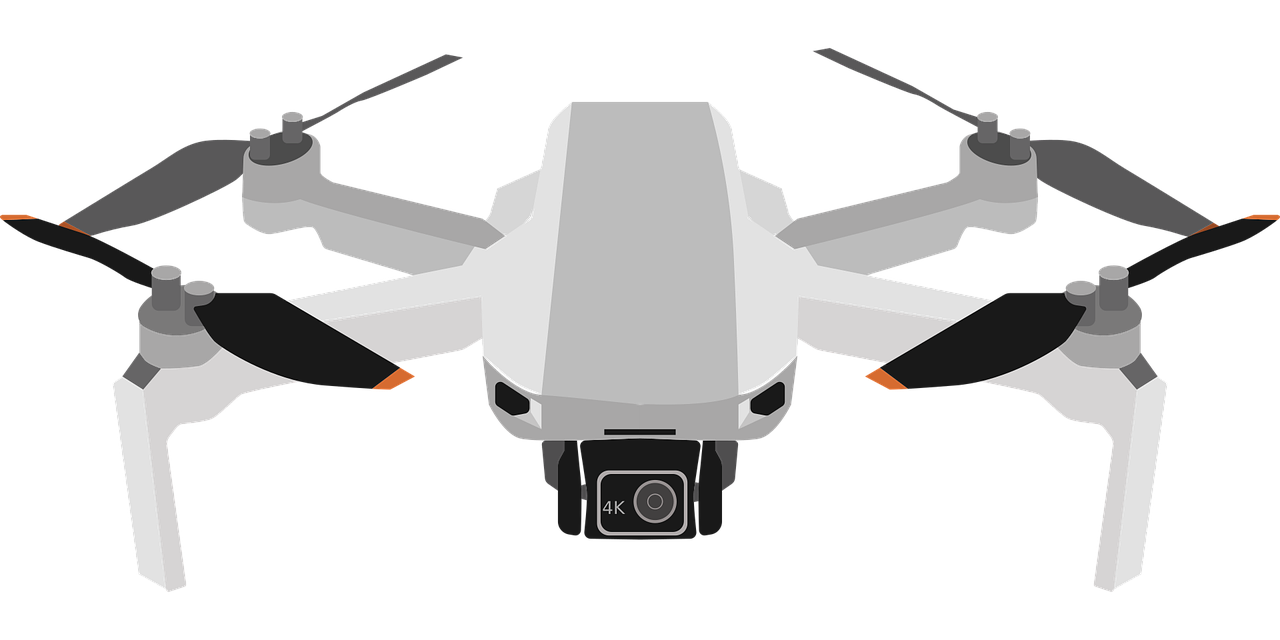One types of content I’d really like to see here is guidance from experienced pilots on how to get started. There is a lot of conflicting information and deferral to non-cited authorities online, and even those authorities sometimes have ambiguous and conflicting information. I’d love to see posts like “I am a part 107 certified pilot in X jurisdiction and here are my top 10 do’s and don’ts, and my preflight checklist.”
One particularly confusing aspect I’ve encountered is all the differences on drones 250g and above. It seems to me like so much FAA guidance is written with complete disregard for drones below 250g, so much so that I’m not sure if I have to be licensed, if I have to register my drone, if I need to label it, if I’m allowed to fly in various circumstance and times, all because they appear to write a lot of their documentation as if all drones weigh more than 250g. As a result of this ambiguity and confusion I’m considering getting part 107 certified just to cover my bases, but even then, I wouldn’t feel confident that I understood the laws and regulations.
Re: The sub 250g models, the lack of information in published regulations on these is because they are functionally not regulated in the same way, beyond the usual prohibitions on violating restricted airspace, and various other common sense things.
You do not need to register a sub-250g drone. You do not need a license. It does not need to be labeled, and as of yet it does not need to broadcast a remote ID, either. These can be flown under the “Exception for Limited Recreational Operations”.
That is:
-
Fly only for recreational purposes (Specifically, this excludes any commercial activity at all, whatsoever. That means that, no, you cannot take drone videos or photography for anyone for money, you cannot do roof inspections except I guess of your own roof, you cannot post and subsequently monetize a youtube video of your drone footage, you cannot use your drone for any money making or commercial enterprise in any capacity, nor use it to provide a service for someone else, even for for free.)
-
Keep your unmanned aircraft within your visual line-of-sight or within the visual line of sight of a visual observer who is co-located and in direct communication with you
-
Do not fly above 400 feet in uncontrolled (Class G) airspace
-
Do not fly in controlled airspace without an FAA authorization
-
Follow all FAA airspace restrictions, including special security instructions and temporary flight restrictions
-
Never fly near other aircraft
-
Always give way to all other aircraft
-
Never fly over groups of people, public events, or stadiums full of people
-
Never fly near emergency response activities
-
Never fly under the influence of drugs or alcohol
You can read the whole shebang at the link I provided. Note that the details of this are subject to change in the future, but for now that’s how it is. Pragmatically, no one has ever bothered me or my drone – license or not.
-
Oh man, I feel you. The whole drone thing can be a maze. From what I understand, drones under 250g don’t need to be registered for recreational use, but it’s always good to double-check since regulations can change. Getting your Part 107 sounds like a solid move for peace of mind and opens up more options. Maybe we can get some seasoned pros here to share their step-by-step guides and tips?


